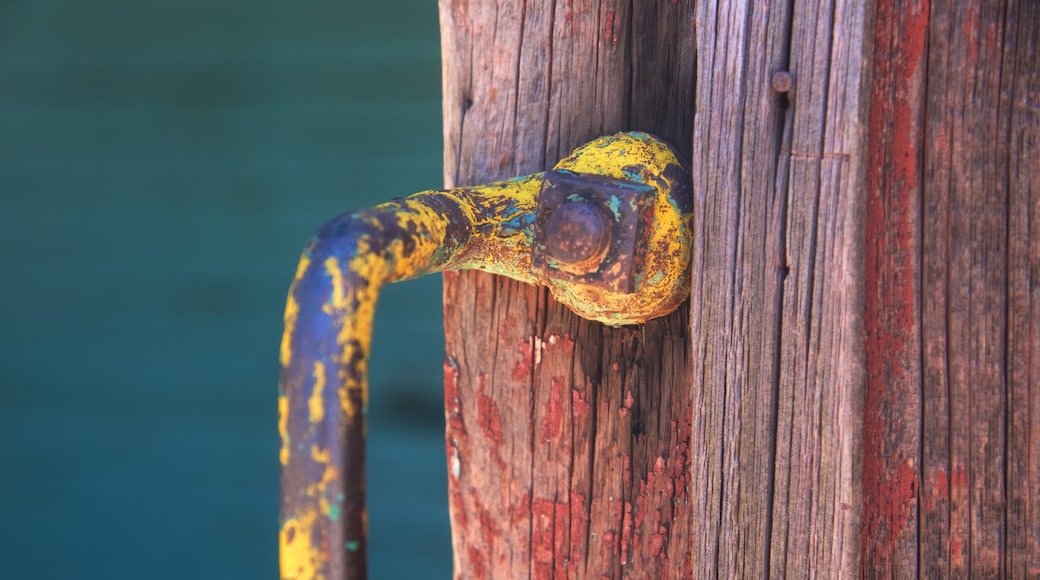Rhyolite Ghost Town was inhabited for just 12 years, from 1904 to 1916. However, it flourished enormously during this short period. Wander the eerie, long-deserted streets of this prominent gold rush-era boomtown and marvel at the infrastructure that sprang up in such a short space of time.
With the discovery of gold in the Nevada hills and the construction of the Montgomery Shoshone mine, prospectors flooded in and a fully functioning town appeared almost overnight. However, the town fell into disrepair following the financial crash and the subsequent closing of the mine. Explore the dusty streets to get a sense of what life was like for the residents of the town before it was finally declared empty in 1916.
Remains of Rhyolite’s heyday are everywhere. While very few complete buildings still stand, it is possible to imagine the people-filled streets, bustling saloons and palpable excitement that followed gold prospectors into the desert. Look for the crumbling walls of the three-story bank, which cost $90,000 to build. This was a huge amount at the time, which indicates the high status of the town at its peak. Stop at the old jail and the general store. The town once had a hotel, a school, two electric plants and even a hospital.
Appreciate one of the rare complete buildings with a trip to the impressive-looking train depot. The quirky Bottle House was built by miner Tom T. Kelly from 50,000 glass beer and liquor bottles set in mortar. It was restored by Paramount Pictures in 1925 for the film The Air Mail, and again more recently by dedicated locals.
Rhyolite Ghost Town is located just a few miles from the town of Beatty and 35 miles (56 kilometers) from the Furnace Creek Visitor Center in Death Valley National Park. The town is only accessible by car. Come at any time of the year to find it open. However, the cooler temperatures between fall and spring offer the best conditions for walking its fascinating streets.












